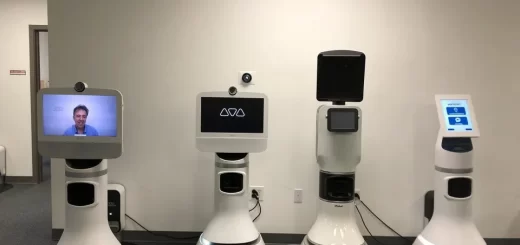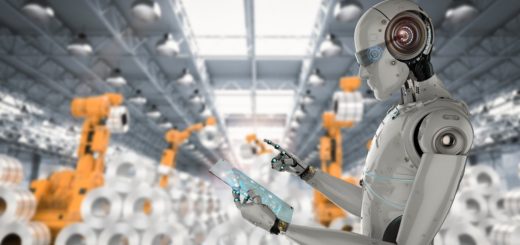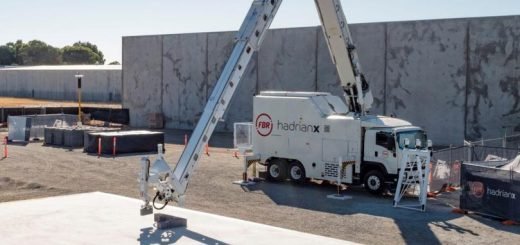Importance and uses of robots in space, Robotic spacecraft and Space robots
Robots in space are devices used to aid, augment and substitute for the astronauts to do difficult tasks such as repairs in dangerous environments, and they capture videos and pictures, All space robots are similar, they have a controller, actuators, sensors, the power supply, and the radio communications.
Robotic spacecraft
Space robots are in all shapes and sizes, they have different functions, they work automatically or by remote control, and they are under development for the International Space Station.
The sensors provide information about the robot and its environment, and the controller processes the information from the sensors, the ground control provides the radioed instructions, and it sends appropriate command signals to the actuators which convert the command into actions.
Space robots can explore space without having to worry about their safety. They can send us information about their destinations, if a robotic mission fails, the humans involved with the mission stay safe.
Space robots can survive in space for many years and can be left out there, Sending robots are cheaper than sending a human, they don’t need to eat, sleep, or go to the bathroom.
Space robots can do lots of things that humans can’t, they can withstand harsh conditions, like extreme temperatures or high levels of radiation, and they can do things that would be too risky or impossible for astronauts.
Space probes can explore places that are not accessible to humans, they operate in the vacuum of space, they withstand exposure to the extremes of temperature and radiation, and they can perform programmed tasks over long periods without direct human supervision.
The outer planets such as Saturn, Uranus, and Neptune are too distant to reach with the current crewed spaceflight technology, and the telerobotic probes are the only way to explore them. Telerobotics Servicer helped the astronauts assemble the Space Station which was growing bigger and more complex with each redesign.
Robotic spacecraft is a spacecraft with no humans on board, and they are under telerobotic control, they are designed to make scientific research measurements and are often called space probes.
Many space missions are more suited to telerobotics rather than crewed due to their lower cost and lower risk factors and man can not do research on Jupiter or Venus.
Robotic spacecraft provide overall mechanical integrity of the spacecraft and it ensures the spacecraft components are supported and can withstand the launch loads.
Robotic spacecraft can collect and report mission data such as photographic images, it maintains the spacecraft clock, it can collect and report the spacecraft telemetry data such as spacecraft health, and it can command sequence storage.
Robots in space can move and they can manipulate objects plus the flexibility to perform any combination of these tasks autonomously or by remote control.
Robotic spacecraft can act in space such as positioning an instrument to take a measurement, it can collect a sample for examination, it can assemble a structure and it can move around an astronaut.













